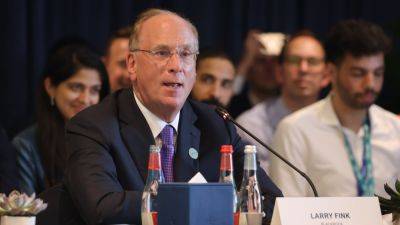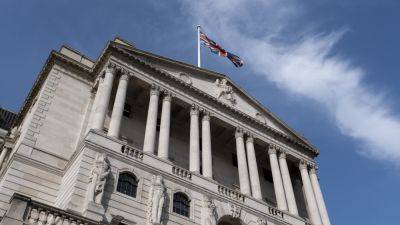Key Fed inflation gauge rose 2.8% annually in February, as expected
Inflation rose in line with expectations in February, likely keeping the Federal Reserve on hold before it can start considering interest rate cuts, according to a measure the central bank considers its more important barometer.
The personal consumption expenditures price index excluding food and energy increased 2.8% on a 12-month basis and was up 0.3% from a month ago, the Commerce Department reported Friday. Both numbers matched the Dow Jones estimates.
Including volatile food and energy costs, the headline PCE reading showed a 0.3% increase for the month and 2.5% at the 12-month rate, compared to estimates for 0.4% and 2.5%.
Both the stock and bond markets were closed in observance of the Good Friday holiday.
While the Fed looks at both measures when making policy, it considers core to be a better gauge of long-term inflation pressures. The Fed targets 2% annual inflation; core PCE inflation hasn't been below that level in three years.
"Nothing really super surprising. Obviously not the numbers the Fed wants to see, but I don't think this is going to catch anybody off guard when they come back to work on Monday," Victoria Greene, chief investment officer at G Squared Private Wealth, told CNBC. "I think everybody is going to pivot to labor pretty quickly and say well maybe if we see some weakness and cracks over here, this little stickiness in inflation and PCE isn't going to matter as much."
Rising energy costs helped push up the headline reading, with a 2.3% increase. The food index edged up 0.1%. Inflation pressures came more from the goods side, which rose 0.5%, compared to the 0.3% increase for services. That countered the trend over the past year, during which services rose 3.8% while goods actually fell by 0.2%.
Other







